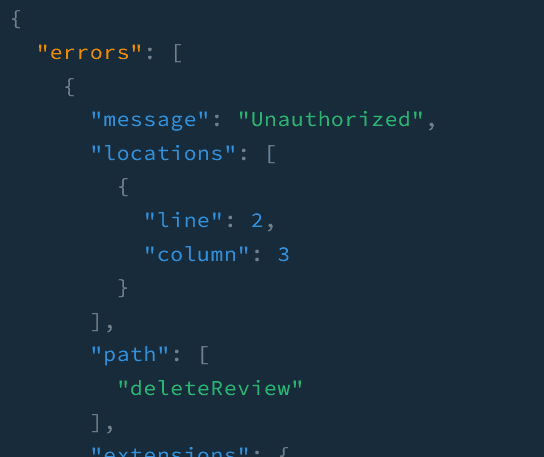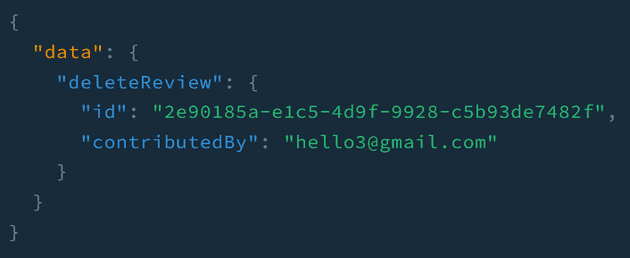인증이 안된 사용자가 리뷰를 삭제하지 못하도록 review resolver에 있는 delete 메소드에 Guard를 적용했습니다. 그러나 인증이 지나치게 간단하여 적절하지 못한 방법입니다. 보안을 위해 인증 과정을 개선할 필요가 있습니다. 이를 위해 passport와 bcrypt를 사용할 것입니다.
디펜던시 설치
우선, passport와 bcrypt에 필요한 디펜던시를 설치합니다.
npm install --save @nestjs/passport passport passport-local
npm install --save-dev @types/passport-local
npm install bcrypt
npm install -D @types/bcrypt보시다시피 필자는 passport 전략으로 local을 선택했습니다. 커뮤니티를 간략하게 살펴본 결과 local 전략과 jwt 전략이 서로를 보완해주기 때문에 둘을 혼용하는 것이 효과적인 것으로 보입니다. 이후에 더 살펴보겠지만 현재는 입력 비밀번호와 이 입력에 상응하는 리뷰에 저장된 비밀번호와 일치하는 것만 처리할 것이기 때문에 local만 사용해도 충분하다고 생각합니다. 필요시 이 과정을 더 심화시킬 예정입니다.
Auth 서비스
validateContributor 메소드를 가진 auth 서비스를 생성합니다.
@Injectable()
export class AuthService {
constructor(private reviewsService: ReviewsService) {}
async validateContributor(reviewData) {
const review = await this.reviewsService.getReview({
contributedBy: reviewData.contributedBy,
});
const isMatch = await this.comparePassword(
reviewData.password,
review.password,
);
if (!isMatch) {
return null;
}
return review;
}
// ...
async comparePassword(password, hash) {
const isMatch = await bcrypt.compare(password, hash);
return isMatch;
}
}이 서비스는 delete review 입력을 읽고 이 입력에 맞는 리뷰가 있는지 확인하고 비밀번호를 비교합니다. 이 메소드를 passport 전략에서 사용할 것입니다.
LocalStrategy
LocalStrategy를 생성합니다.
@Injectable()
export class LocalStrategy extends PassportStrategy(Strategy) {
constructor(private authService: AuthService) {
super({ usernameField: 'contributedBy' });
}
async validate(contributedBy, password) {
const review = await this.authService.validateContributor({
contributedBy,
password,
});
if (!review) {
throw new UnauthorizedException();
}
return review;
}
}기본값으로 local 전략은 요청 body로부터 username과 password를 읽습니다. 이 때문에 필자는 super에 contributedBy를 전달하여 username 필드를 대체했습니다.
validate 메소드가 body 객체로부터 contributedBy와 password를 얻어 해당 사용자를 인증합니다. 인증이 되었다면 라우터 핸들러가 처리할 수 있게 전달합니다.
Graphql Guards
GqlAuthGuard를 생성합니다.
@Injectable()
export class GqlAuthGuard extends AuthGuard('local') {
getRequest(context: GqlExecutionContext): any {
const ctx = GqlExecutionContext.create(context);
const { req } = ctx.getContext();
const { deleteReviewData } = ctx.getArgs();
req.body = deleteReviewData;
return req;
}
}@nestjs/passport는 내장 Guard를 제공합니다. 하지만 Graphql를 사용하기 때문에 내장 Guard인 AuthGuard를 확장시킨 Guard를 생성한 다음에 context와 body 객체를 수정해야 합니다.
마지막으로 review resolver에 있는 delete 메소드 위에 GqlAuthGuard를 넣어줍니다.
@Mutation(() => Review)
@UseGuards(GqlAuthGuard)
async deleteReview(
@Args('deleteReviewData') deleteReviewData: DeleteReviewInput,
): Promise<Review> {
return this.reviewService.deleteReview(deleteReviewData);
}테스트
리뷰 생성
필자는 rightpassword라는 비밀번호로 리뷰를 생성했습니다. 비밀번호는 bcrypt를 사용하여 hash로 데이터베이스에 저장되었습니다.
잘못된 비밀번호로 삭제 요청
Unauthorized 에러를 냅니다.
정상 비밀번호로 삭제 요청
읽어 주셔서 감사합니다. To be continued!



